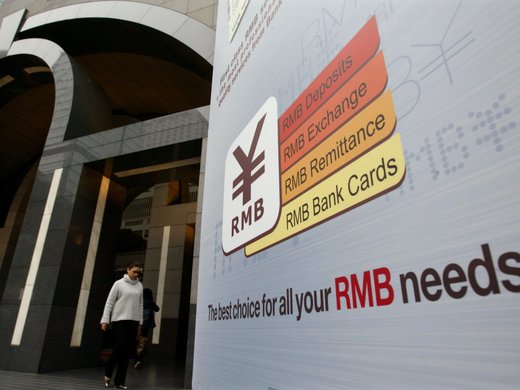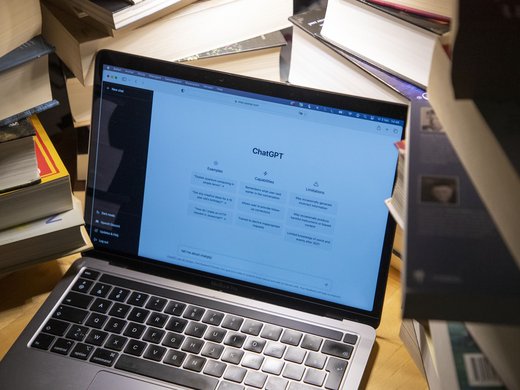Blockchain, tangle and other distributed ledger technologies (DLTs) are pushing a broad array of previously centralized global economic activities toward decentralized market structures. Governments should tackle the new regulatory conundrums of an increasingly disintermediated global economy by focusing on DLTs’ individual use cases rather than its underlying enabling technologies. Grouping the known use cases by common characteristics reveals three broad categories of blockchain-law interfaces. For ease of reference, this paper labels these the recycle box, the dark box and the sandbox. Each raises distinct legal, regulatory and policy challenges deserving of separate analysis.
“Recycle box” use cases adopt blockchain/DLT solutions to accomplish indisputably permissible objectives in “better, faster, cheaper” ways. They necessitate only minor adaptations to existing national and international regulatory frameworks. In this sense, the existing legal frameworks can be “recycled” for many blockchain use cases, although these may still raise difficult policy questions — for example, labour market disruptions — due to structural transitions.
“Dark box” use cases employ blockchains or other DLTs to accomplish per se illegal objectives. They call on regulators to develop more effective global cooperation regimes for detecting, tracking and prosecuting blockchain-based illicit activities. This requires the development of clear policies on cross-border data collection, analysis and sharing that are robust enough to create and sustain public trust.
Finally, “sandbox” use cases utilize blockchains or DLTs to pursue permissible objectives but in ways that entail regulatory risks that — for reasons having to do with the technical properties of blockchains — cannot be addressed within existing regulatory regimes without destroying their core value proposition. Realizing the social benefit of these use cases requires national and international regulators to work with blockchain and DLT entrepreneurs to create innovative ways of satisfying important regulatory prerogatives across multiple industries on a global scale. While piecemeal cross-border regulatory cooperation is always possible and is already occurring to a limited extent, a more efficient way forward would be to set up a global regulatory sandbox for DLTs that is transnational, cross-sectoral, start-up friendly and use-case adaptable.


